If you're diving into the world of mushroom cultivation, there's one tool that stands out as…
Identifying Chanterelles vs False Chanterelle Mushrooms and Other Look-Alikes
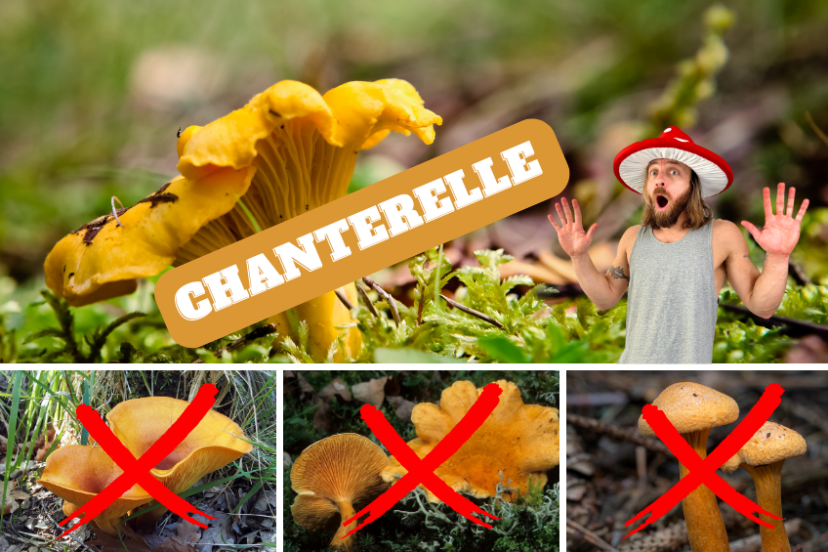
Welcome to the exciting realm of identifying Chanterelle mushrooms and the necessity of distinguishing them from false look-alikes. Chanterelles (Cantharellus spp.) are prized for their delicate flavor and golden look, making them highly sought after by mushroom fans and gourmet chefs. However, the identification process can be challenging due to several species that resemble Chanterelles but may be toxic or less desirable for culinary use. This guide aims to share with you the necessary knowledge, visual cues, and key distinguishing features to accurately identify true Chanterelles and avoid potential risks associated with misidentification. Let us delve into the complexities of this fascinating genus of mushrooms!
Chanterelle Mushrooms Identification: How to Identify Chanterelle Mushrooms?
Chanterelle mushrooms (Cantharellus spp.) are prized for their exquisite flavor and vivid golden appearance. However, identifying Chanterelles can be a challenging task due to the numerous false look-alikes that closely resemble these valued mushrooms. Understanding the distinct qualities and characteristics of Chanterelles is essential for safe foraging practices and culinary discovery.
When it comes to identifying Chanterelle mushrooms, attention to detail is key. Here are some important features to look for:
- Cap: Chanterelles have a distinctive funnel-shaped cap with a wavy, wrinkled, or smooth surface. The color ranges from mild yellow to deep orange, with a reddish undertone. The cap can vary in size, ranging from a few centimeters to several inches in diameter.
- False Gills: Chanterelles contain false gills or ridges on the underside of the cap instead of actual gills. These thick, widely spaced ridges run down the stem. They have a distinct appearance and are a significant distinguishing factor between Chanterelles and their clones.
- Stem: Chanterelle stems are sturdy, firm, and often the same color as the cap. It is typically thick and tapered at the base. Depending on the specific species, the stem might be relatively short or long.
- Aroma: Chanterelles have a pleasant, fruity aroma reminiscent of apricots or peaches. This distinctive fragrance can help confirm their identification.
When Is The Best Time To Forage Chanterelles?
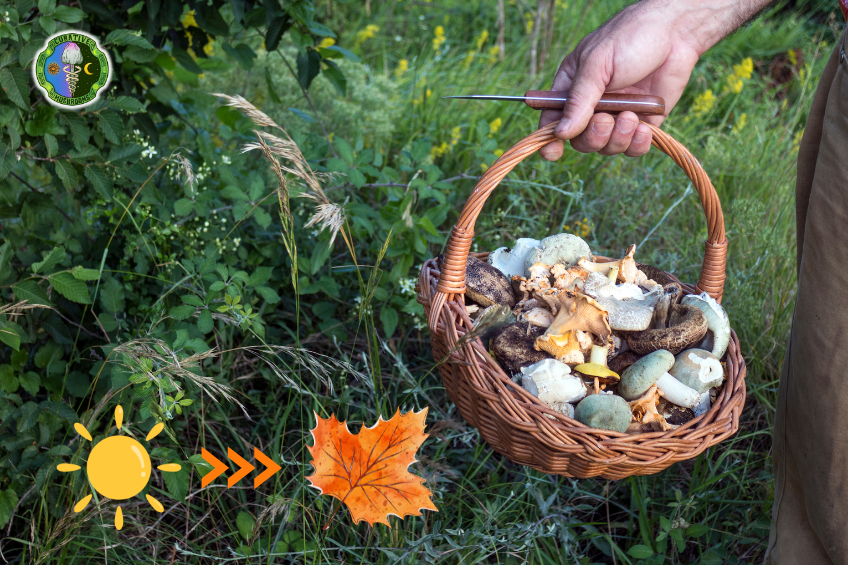
Knowing the best time to forage for Chanterelles is critical for maximizing your chances of finding these delightful mushrooms. While the exact timing depends on your area, late summer to early fall is the best season for Chanterelle foraging and harvesting. The forest floor is damp at this time of the year, and the weather conditions are favorable for the growth of these fungi.
Chanterelles like specific habitats such as wet, wooded areas, often in association with certain tree species like oak, pine, or birch. After rainfall and when the ground is still damp, Chanterelles tend to emerge, making it an ideal time to go out and hunt for their golden treasures. When foraging on public or private lands, remember to obtain any appropriate permits and respect local restrictions.
Chanterelle Mushroom Look-Alikes
Identifying and recognizing false Chanterelle mushroom look-alikes is critical to prevent any potential risks associated with consuming toxic or less desirable species. Here are three common Chanterelle look-alikes to be aware of:
1. Jack o Lantern Mushroom vs Chanterelle
The Jack o’ Lantern mushroom (Omphalotus olearius) is a common look-alike that shares a similar yellowish or orange color with Chanterelles. Nevertheless, there are significant differences between the two. While Chanterelles have false gills, Jack o’ Lanterns have close-together true gills. In addition, Jack o’ Lanterns emit a subtle greenish glow in the dark, which Chanterelles do not. They are frequently seen in large clusters on decaying wood, unlike Chanterelles which prefer the forest floor near certain tree species.
2. False Scaly Chanterelle a.k.a. Wooly Chanterelle (Turbinellus floccosus)
The False Scaly Chanterelle, also known as the Wooly Chanterelle, has a similar appearance to Chanterelles.. However, there are key differences to note. False Scaly Chanterelles have a scaly or velvety cap surface, which distinguishes them from the smooth or slightly wrinkled cap of true Chanterelles. Additionally, the False Scaly Chanterelle has a distinctive, and sometimes unpleasant, odor that can help differentiate it from the fruity aroma of true Chanterelles.
3. False Chanterelle (Hygrophoropsis aurantiaca)
The False Chanterelle is another species that is frequently confused with Chanterelles. It has the same orange hue, but there are several differences to be aware of. False Chanterelles have true gills instead of false gills, and their gills are more crowded together than Chanterelle’s widely separated ridges. They also lack the pleasant fruity aroma associated with true Chanterelles. False Chanterelle mushrooms can cause gastrointestinal discomfort, highlighting the importance of correct identification.
Conclusion on Chanterelle Identification and Look Alikes
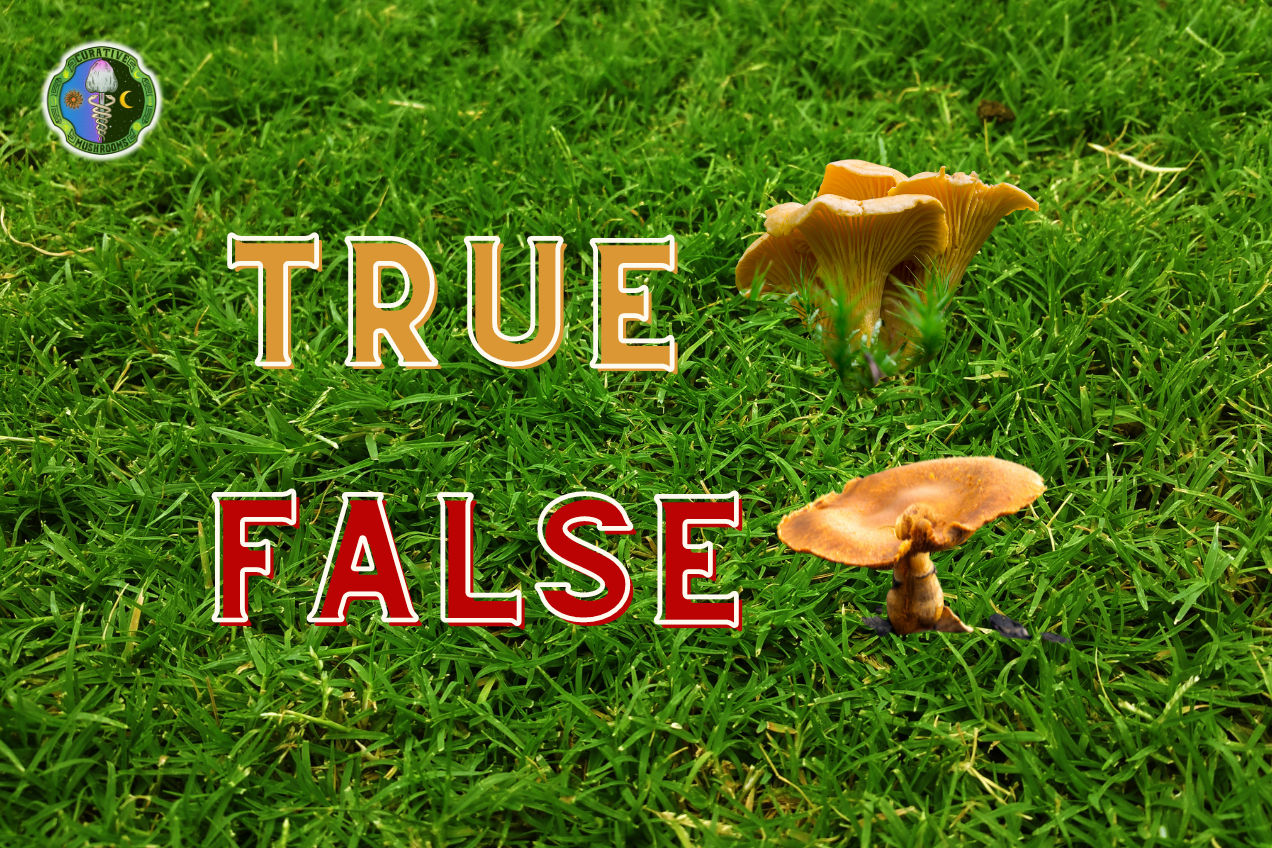
Identifying Chanterelle mushrooms and distinguishing them from their false look-alikes is crucial for safe foraging and culinary excursions. Pay close attention to the distinctive characteristics of true Chanterelles, such as their funnel-shaped cap with false gills, brilliant colors, and delightful fruity aroma. Familiarize yourself with the key differences between Chanterelles and their false look-alikes, such as the Jack o’ Lantern mushroom, False Scaly Chanterelle, and False Chanterelle. When in doubt, consult experienced foragers or mycologists for guidance. With knowledge and caution, you can confidently enjoy the delectable delights of genuine Chanterelle mushrooms while avoiding any potential risks associated with misidentification.
Frequently Asked Questions
Chanterelles are commonly found in association with certain tree species. They often grow near oak, pine, birch, and sometimes beech trees. These trees provide the right conditions for Chanterelle growth, including the necessary mycorrhizal relationship between the mushrooms and the tree roots.
No, Chanterelles are not toxic. In fact, they are highly prized for their culinary value and are considered safe to consume. However, it is important to properly identify Chanterelles and distinguish them from their look-alikes to avoid any potential risks associated with misidentification.
While Chanterelles can be consumed raw, they are typically cooked before eating. Cooking not only enhances their flavor and aroma but also helps break down any potential toxins or indigestible components. It is recommended to cook Chanterelles thoroughly to enjoy their full potential and ensure safe consumption.
Chanterelles thrive in specific conditions. They prefer moist, well-drained soils and are commonly found in forests, especially in areas with rich organic matter and good moisture retention. They often grow in shaded or partially shaded areas and are associated with specific tree species, as mentioned earlier.
Chanterelles can be found in various parts of the world, but their specific habitats can vary depending on the geographical location. They are commonly found in temperate forests, particularly in North America, Europe, and Asia. Look for them in wooded areas near the appropriate tree species during the late summer to early fall.
Cleaning Chanterelle mushrooms is relatively simple. Start by gently brushing off any visible dirt or debris using a soft brush or cloth. Avoid washing them unless absolutely necessary, as they can absorb water and lose some of their delicate flavors. If washing is required, do it briefly and pat them dry with a paper towel.
Chanterelles have a unique flavor profile that is often described as fruity, nutty, and mildly peppery. They possess a delicate and savory taste that is highly sought after by chefs and mushroom enthusiasts. Their flavor can vary slightly depending on the specific species and growing conditions.
Chanterelles are perennial mushrooms, meaning they have a lifespan that extends beyond a single growing season. The exact lifespan can vary, but under favorable conditions, they can persist for several years, spreading their mycelium and producing fruiting bodies during the appropriate seasons.
Chanterelles can be preserved through various methods. One common approach is to dry them. Slice the Chanterelles into thin pieces and lay them out in a well-ventilated area or use a food dehydrator until they become dry and brittle. Store them in an airtight container in a cool, dark place. Another method is to sauté or cook the Chanterelles and then freeze them in airtight containers or freezer bags for longer-term storage.
The cost of Chanterelle mushrooms can vary depending on factors such as availability, seasonality, geographical location, and demand. They are considered a gourmet ingredient and can be relatively expensive compared to more common mushrooms. The price can range from a few dollars to several dozen dollars per pound, depending on the market and quality.

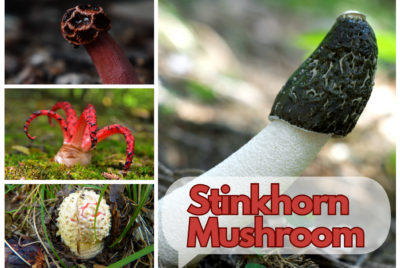
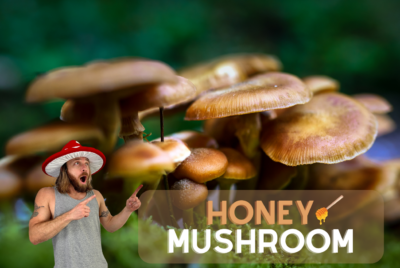
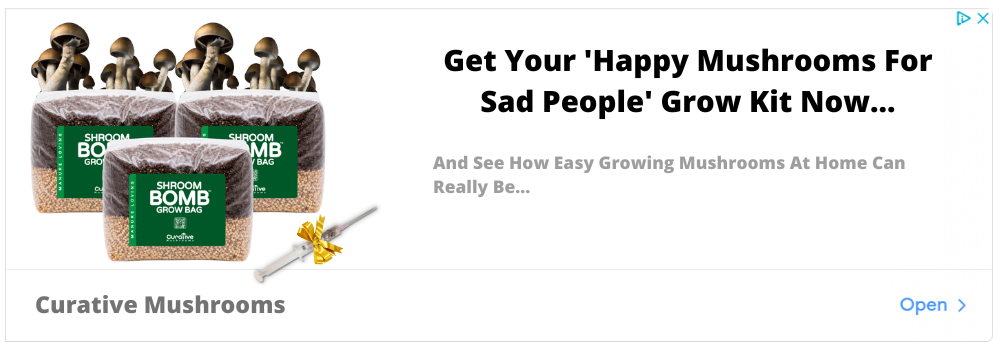
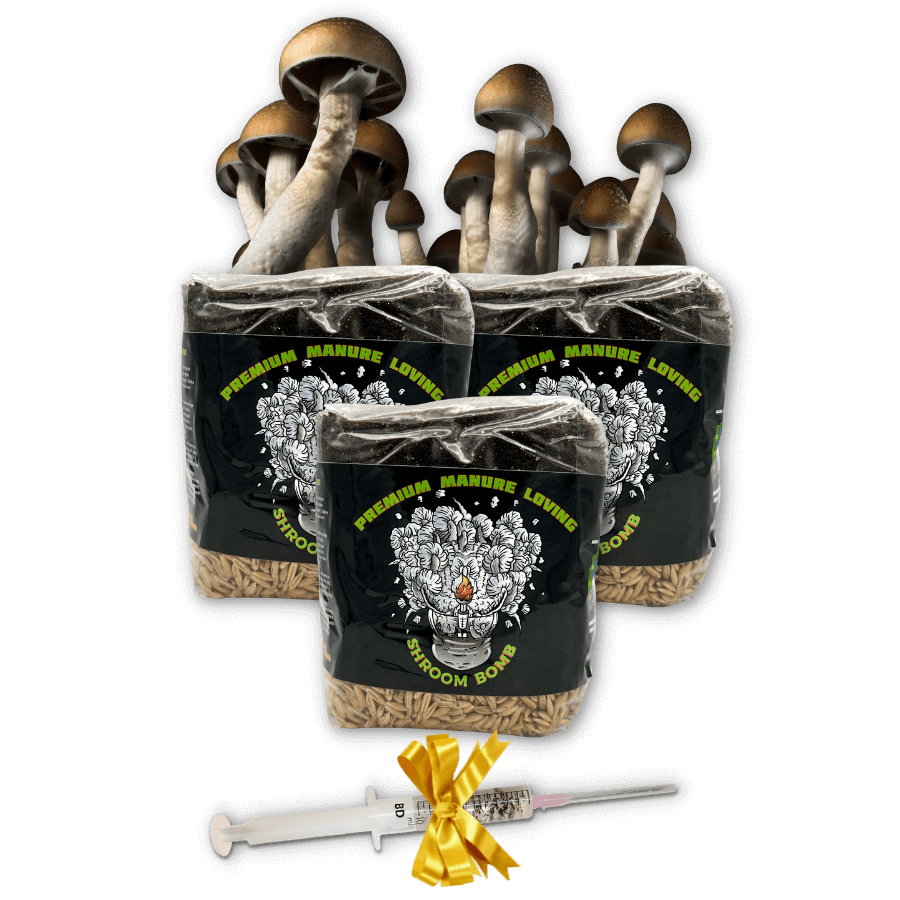

[…] While not toxic, it’s less desirable for culinary use compared to true chanterelles. […]